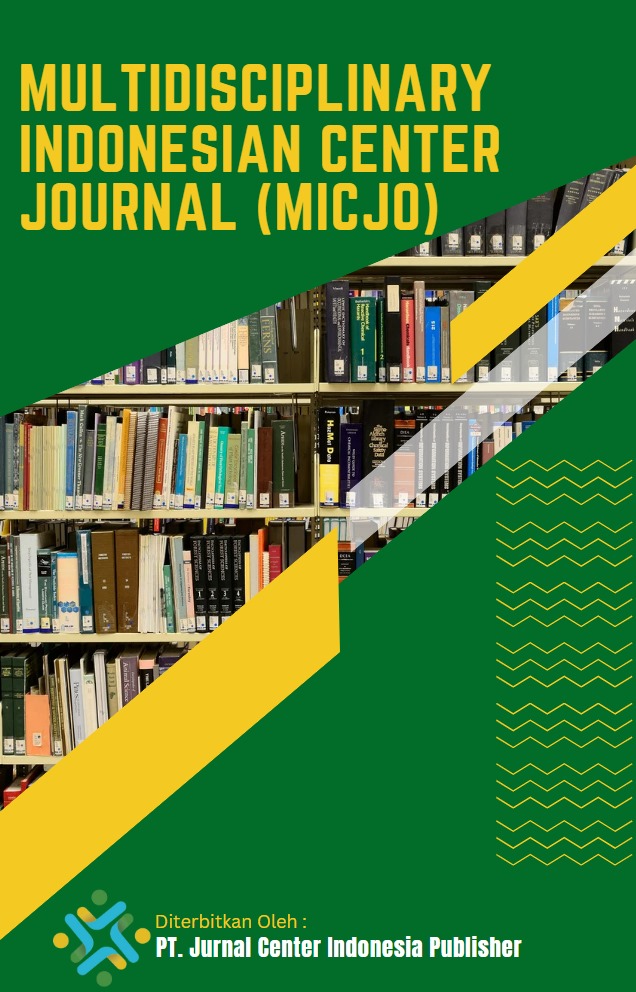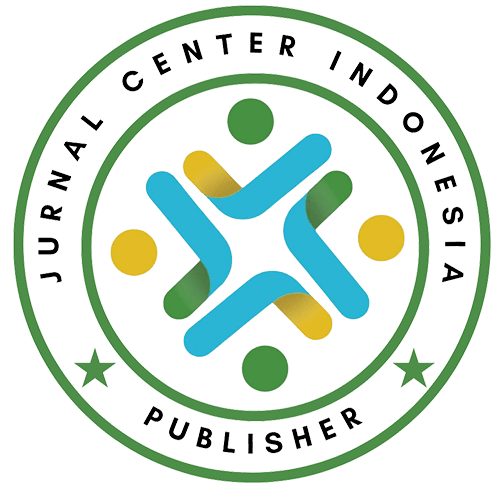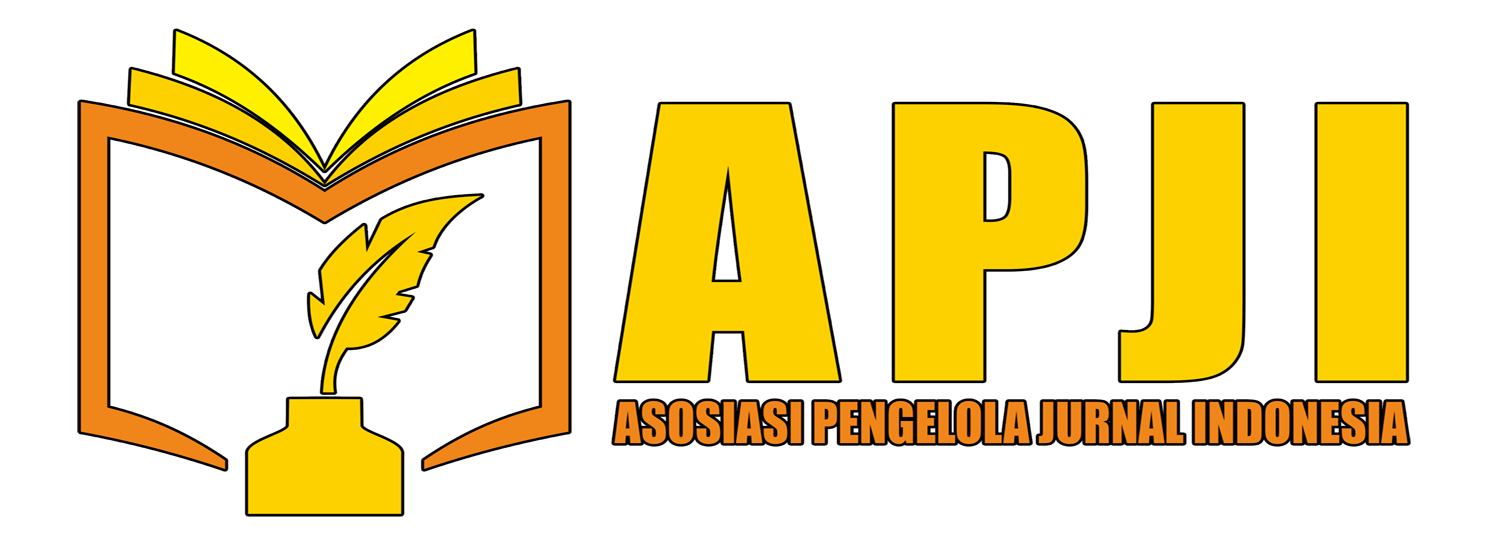EARLY CHILDHOOD HEALTH AND NUTRITION: UNDERSTANDING THE ISSUE OF STUNTING AND HOW TO PREVENT IT
DOI:
https://doi.org/10.62567/micjo.v2i4.1130Keywords:
Early Childhood, Child stunting, Early childhood health and nutritionAbstract
The most significant and valuable asset for society as a whole is health, and in order to recognize this state, proper dietary intake is required. Nutrition is a food ingredient that can improve a person's health when consumed. Thus, nutrition and health are closely linked. Early childhood nutrition preparation is a crucial issue that parents should focus on. because a child's early dietary intake will have an impact on their adult growth and development. Children's health and intelligence are directly linked to their nutrition, which cannot be separated. Additionally, children's growth and development will be supported by the nutrition they receive. This study aims to raise parents' and educators' understanding of the significance of a child's appropriate nutritional intake. A literature review of the findings and a discussion of research relevant to the program to be implemented constituting the research methodology. It is anticipated that this research will help parents and teachers at home by raising awareness of the need to monitor children's nutritional intake and sufficiency, which is also one of the key elements promoting growth and development.
Downloads
References
De Onis, M., Dewey, K.G., Borghi, E., Onyango, A.W., Blössner, M., Daelmans, B., Piwoz, E., & Branca, F. (2013). The world health organization's global target for reducing childhood stunting by 2025: Rationale and proposed actions. Maternal and Child Nutrition , 9 (S2), 6–26. https://doi.org/10.1111/mcn.12075
Falmuariat, Q., Febrianti, T., & Mustakim, M. (2022). Risk Factors for Stunting in Toddlers in Developing Countries. Sandi Husada Scientific Journal of Health , January , 308–315. https://doi.org/10.35816/jiskh.v11i2.758
Fauziah, J., Trisnawati, KD, Rini, KPS, & Putri, SU (2023). Stunting: Causes, Symptoms, and Prevention. Journal of Parenting and Childhood , 1 (2), 11. https://doi.org/10.47134/jpa.v1i2.220
Hidajat, FA (2019). Efforts to Prevent Stunting Through Providing Supplementary Food and Implementing a Clean and Healthy Lifestyle at Tunasmulya PAUD, Pabean Village, Dringu District, Probolinggo Regency. Jurnal Abdi Panca Mara , 1 (1), 25–29. https://doi.org/10.51747/abdipancamarga.v1i1.480
Moleong, LJ (2014). Qualitative research methodology (T. Surjaman & V. Lain/terkait (eds.)).
Pura, DN, & Asnawati, A. (2019). Fine Motor Development in Early Childhood Through Pencil Shavings Collage. Potensia Scientific Journal , 4 (2), 131–140. https://doi.org/10.33369/jip.4.2.131-140
Rokhmat, A., Susanto, A., Rosmiati, D., & Cahyani, F. (2024). FEBCOMS: Journal of Community Service FEBCOMS: Journal of Community Service . 1 (1), 1–6. https://doi.org/10.71024/bhakti.2024.v1i2.49
Rostika, R., Nikmawati, EE, & Yulia, C. (2019). Consumption Pattern of Complementary Food in Infants Ages 12-24 Months. Media Pendidikan, Gizi, Dan Kuliner , 8 (1), 63–73. https://doi.org/10.17509/boga.v8i1.19238
Wondal, R., Mahmud, N., Purba, N., Budiarti, E., Arfa, U., & Oktaviani, W. (2023). Description of Toddler Nutritional Status and Parental Participation During the Covid-19 Pandemic. Jurnal Obsesi: Jurnal Pendidikan Anak Usia Dini , 7 (1), 345–357. https://doi.org/10.31004/obsesi.v7i1.3491
Zed, M. (2008). Library Research Methods .
Downloads
Published
How to Cite
Issue
Section
License
Copyright (c) 2025 Rahma Eka Putri, Riri Jufita Rahman, Juwita, Rifka Annisa, Eka Juanti, Maswati

This work is licensed under a Creative Commons Attribution-ShareAlike 4.0 International License.


















